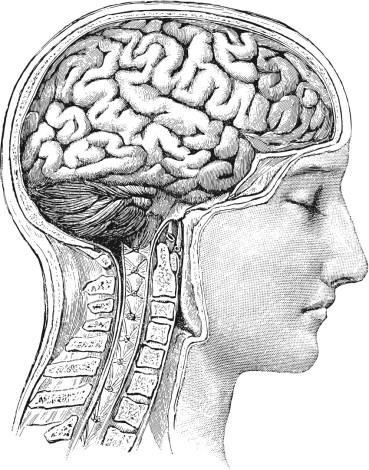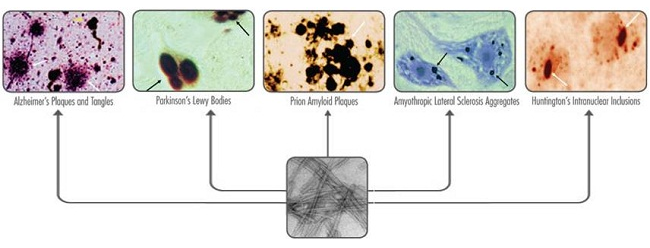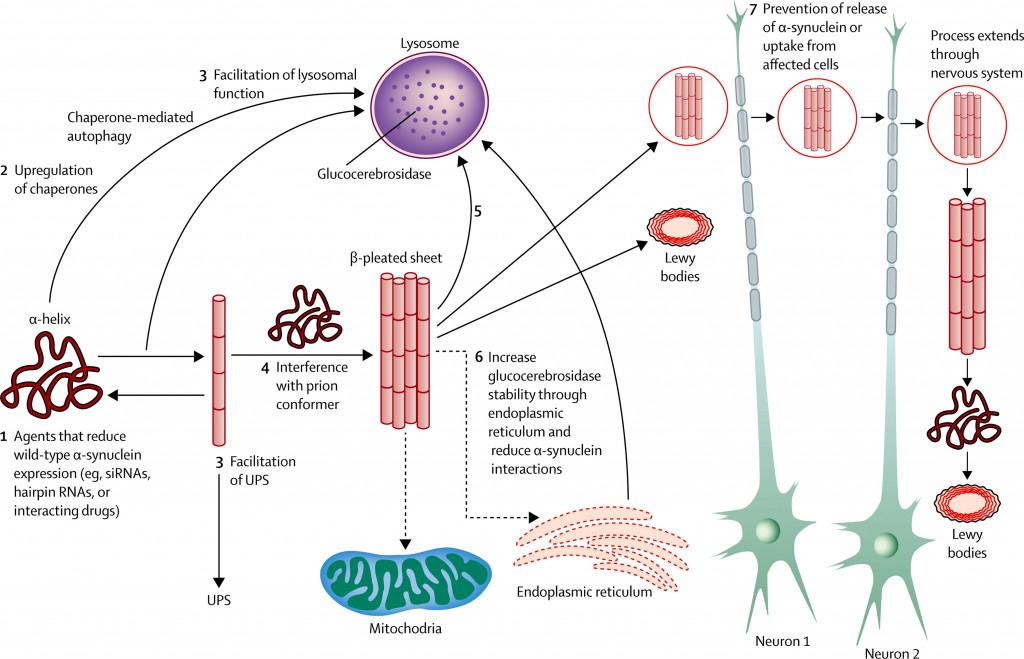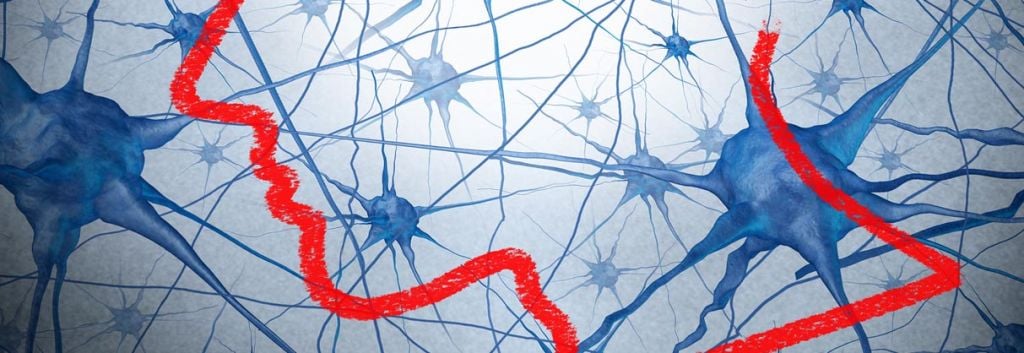Today (April 11th) is the birthday of the memorable Dr James Parkinson, who discovered this major neurodegenerative disease. So what is Parkinson’s Disease, and who is researching it?
 First described in 1817 by James Parkinson, Parkinson’s Disease (PD) is the second most common chronic progressive neurodegenerative disorder in the elderly after Alzheimer’s.
First described in 1817 by James Parkinson, Parkinson’s Disease (PD) is the second most common chronic progressive neurodegenerative disorder in the elderly after Alzheimer’s.
Since PD mainly affects the motor system (the nerves which control movement), its progression and the characteristic tremors makes it more visible than other Neurological diseases, such as Multiple Sclerosis (which is instead described as an ‘invisible illness’).
For this reason, PD’s presence in the media is well documented, particularly seeing as several major celebrities have also brought the disease a lot of attention in the media.
For example: Boxing legend Muhammed Ali, former US President George Bush Senior, the much loved actor Robin Williams (shortly before his death) and even the father of Surrealism, Salvador Dalí.
Then there is the Michael J. Fox Foundation (named after the actor best known for playing Marty McFly in the Back to the Future trilogy) is also a major advocator for research into the disease.

Parkinson’s affects 1 in 100 people aged over 60…
And currently, there is no cure. So to raise further awareness on PD and celebrate research into this deadly disease, April has been designated as ‘Parkinson’s Awareness Month’ and April 11th as World Parkinson’s Disease day.
Research in Neurodegenerative disease (Parkinson’s, Huntington’s, ALS etc.) has recently experienced a massive industry boom, with a particular emphasis on Alzheimer’s, as we have been repeatedly stressing (see our 2015 review of the field).
PD also has significant therapeutic overlap with Alzheimer’s. This is due to the similarity in neurofibrillary ‘tangles’ of the tau protein in Alzheimer’s being comparable to the alpha-synuclein protein in ‘Lewy bodies’ see in Parkinson’s.
You can learn more about what causes Parkinson’s in the fantastic video by Khan Academy below.

So who in EU Biotech is working on Parkinson’s?
Well, Newron (Italy) and its partner Zambon (from Milan) were granted a license by Swissmedic (the regulatory agency in Switzerland) for Xadago, a new combo ‘add-on’ therapy in November. Since then Xadago has been rolled out across Europe, although is still waiting to break into the US.
Prexton Therapeutics (Switzerland) is working on novel therapeutic compounds as part of the Merck Serono Entrepreneur Partnership Program, a facility set-up to support the creation of spin-offs from Merck Serono.
Then AFFiRiS in Vienna (Austria), has a phase I vaccine in their pipeline (PD01), which is the first ever ‘Vaccine for Parkinson’s . This anti-alpha-synuclein vaccine has received a lot of attention in particular, including funding from the Fox Foundation.

Parkinson’s can be tackled through Health Tech too…
An applied mathematician, Max Little is testing a simple, cheap tool that in trials is able to detect Parkinson’s with 99% accuracy — in a 30-second phone call thanks to machine learning!
Under ‘The Family’ accelerator in Paris (France), the health-tech startup Parkinson Voice Initiative is a data-mining tool which is also gaining momentum in the media.
These are just a few examples of how and where PD is being tackled across Europe. So with increasing awareness, it is hoped more funding will be made available to researchers in the field, who are endeavouring to #EndParkinsons.
Will 2016 result in the big breakthrough patients are waiting for?





